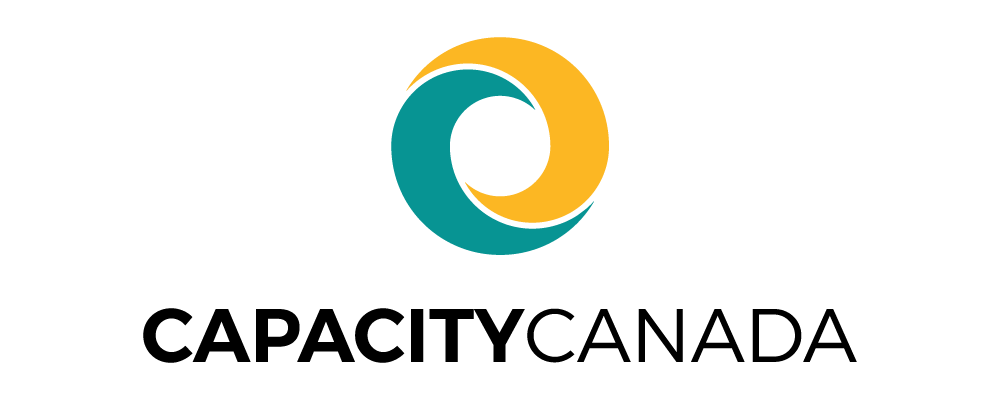|
Getting your Trinity Audio player ready...
|
We’re halfway through our first year with the Capacity by Design program having brought three out of six social good organizations through the design-thinking experience via a design sprint. After participating in and observing design sprints delivered by our project partners at Overlap Associates, Capacity by Design was on deck two weeks ago to facilitate the process for the very first time.
Many thanks to all our sprint partners so far, but particularly to Kitchener Waterloo Community Foundation, who participated in the first design sprint led by the Capacity by Design team. All three sprint organizations have been true to their commitment to learn along with us in what we call our learning year for Capacity by Design. Hugh Munro and I led the week, with invaluable coaching delivered by Patrick Boot from Overlap Associates.
Facilitation of a design sprint is a unique experience. The unique character of the human-centred design model as an (often) non-linear process can feel a little wild to a facilitator like myself who is used to having the subject matter expertise and learning curriculum to move people along in their learning journey. In design thinking, the sprinters are the subject matter experts who ground themselves in the needs of their stakeholders and users. Facilitators guide and coach through the process with an eye to helping the group work through their problem using convergent and divergent thinking, ever-mindful of process and helping to bring the group back to this awareness if they have strayed into other territory.
Since this most recent sprint, I’ve thought a lot about the relationship between the initial problem statement and the ‘how might we’ statements that are formed after user interviews. The How Might We statement is a deliberate re-frame of the problem based on the needs we heard from our interviews. It is based on the problem statement but becomes the grounding for generating ideas and prototyping possible solutions. From what I have seen so far, they are like two sides of a coin – inextricably linked but also distinctive in their features.
In the way Capacity by Design approaches a sprint, the problem statement is defined collaboratively in pre-sprint meeting with the Capacity by Design team and those who will be participating in the sprint. The work to define a sprintable problem gets us to the region or area in which the problem is located. That problem, however, is somewhat dismantled after a deeper exploration of the problem on Day 1 and the stakeholder interviews of Day 2.
What I’ve noticed is that the way the problem is framed becomes more direct and simplified after the sprint participants have captured what they heard and developed need statements. The carefully crafted problem we create pre-sprint tends to lose some of its qualifiers. Even the words used to identify who the problem affects transforms from users, stakeholders or clients to simply ‘people’. I think the human-centred design process does this elegantly as it shifts our focus from the organizational perspective on the problem, to the needs of the people who are most affected by it. The resulting ‘how might we statement’ then, becomes a kind of micro-focus on some aspect of these needs.
I’ve also noticed that this part of the process – going from problems to needs statements – can relieve the pressure many social good organizations put on themselves – of having to know the exact meaning or definition of what they offer as it relates to their stakeholders. With Carizon it was understanding and delivering on their goal of being ‘family focused’. With Kitchener Waterloo Community Foundation, it was how to reach new fundholders. During the Extend a Family sprint, the pressure was felt to develop a plan for use of their office space that would be both efficient and facilitative of better interactions across teams. In all three sprints, I’ve seen the attention move from needing to define ‘family-focused’, ‘new fundholder’ and ‘better use of space’ to finding ways that allow their present and future stakeholders to define for themselves how they want to interact with these organizationally-defined features.
This not knowing the exact nature of the problem can feel messy – what questions do we ask to get the information we need about our problem? The act of formulating the ‘right’ questions that dig into the problem without priming our research participants for the answers we’d like to hear can be challenging. Its only after the sprint experience where participants can look at a human-centred design process map like this one and have it make sense.
Work is well underway with our first three social good organizations who have been through the sprint process and are eager to use design thinking in their work. Finding the patterns and commonalities will help us shape this program for future sprint organizations, but noticing and appreciating the unique quality and character of each social good organization and the passion they bring to their work is equally rewarding. The learning will continue…

